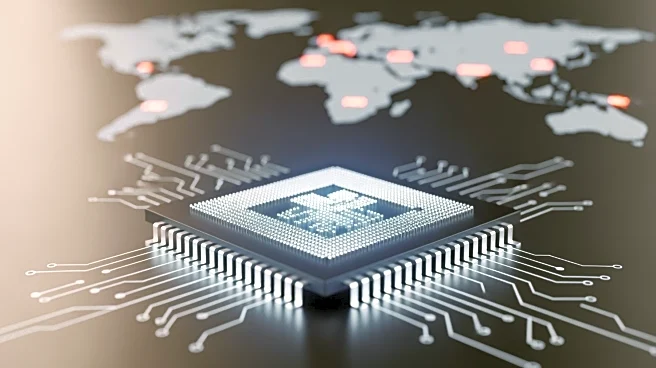What's Happening?
Cohere Technologies has launched Pulsone Technology, aiming to integrate sensing and communication (ISAC) into 6G networks. This development could transform networks into sophisticated radars, enhancing applications like drone warfare, factory automation,
and self-driving cars. Pulsone utilizes orthogonal time frequency space (OTFS) technology, offering superior resolution and target tracking compared to traditional orthogonal frequency division multiplexing (OFDM). Cohere's technology has garnered interest from major telecom operators and defense bodies, with trials showing significant improvements in spectral efficiency. Despite resistance from established vendors, Cohere is optimistic about commercial deals by 2026.
Why It's Important?
The introduction of Pulsone Technology represents a significant advancement in telecommunications, potentially redefining 6G standards. By integrating radar capabilities into communication networks, Cohere's technology could enhance various industries, including defense, automotive, and manufacturing. The improved spectral efficiency and target tracking capabilities offer substantial benefits, making it a compelling option for telecom operators. However, the adoption of this technology faces challenges from established vendors who may resist changes that threaten their market dominance.
What's Next?
Cohere is working towards commercial deals with major telecom operators by 2026, leveraging its partnerships and trials to demonstrate the benefits of Pulsone Technology. The company is also exploring opportunities in the defense sector, with discussions underway with Lockheed Martin and interest in the Golden Dome missile defense system. Cohere's collaboration with Nvidia on a neural receiver platform further strengthens its position in the market. The success of Pulsone Technology could lead to its inclusion in future 6G standards, despite current industry resistance.













